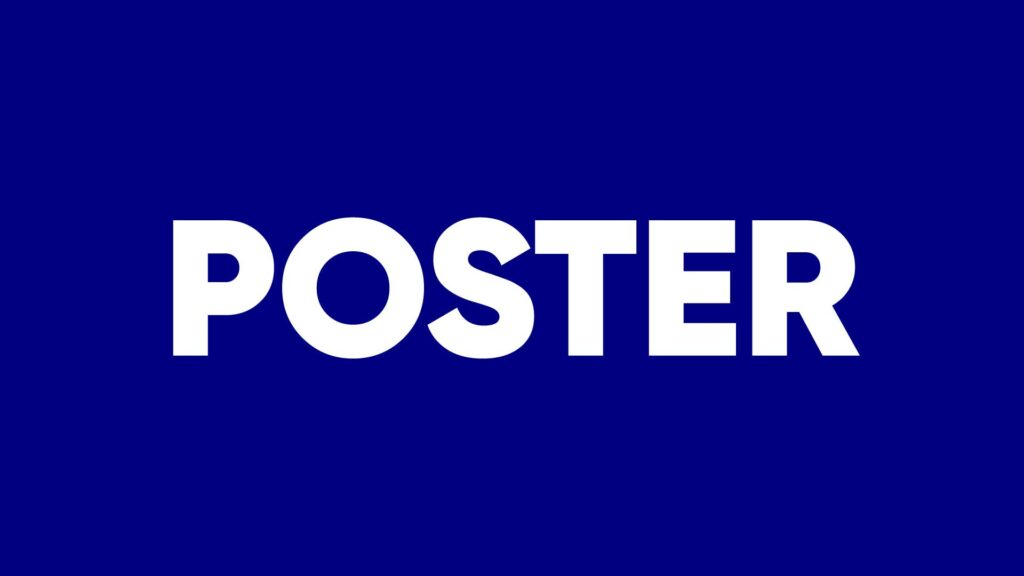
Comparison between virtual reality incentive spirometer in respiratory rehabilitation a clinical case of idiopathic pulmonary fibrosis
11 Aprile 2025
Introduction: Idiopathic pulmonary fibrosis (IPF) is an interstitial … Comparison between virtual reality incentive spirometer in respiratory rehabilitation a clinical case of idiopathic pulmonary fibrosis
Introduction: Idiopathic pulmonary fibrosis (IPF) is an interstitial pneumonia chronic fibrosing of unknown origin. It is a disease that arises as a result of environmental factors and genetic predisposition. The development of IPF can be considered as a response of aberrant healing of a lung injury. The main symptoms and Signs of IPF are: dyspnea, incessant cough, crackling noises bibasal and digital clubbing. Diagnosis begins with an accurate medical history and a physical examination to identify the signs previously listed, and then continue with the tomography hig-resolution computerized without contrast medium and in somecases with lung biopsy; Upon completion of the diagnostic process. There will beare genetic Investigations and respiratory function tests. The Treatment of IPF includes: antifibrotic drugs, oxygen therapy, vaccinations, respiratory rehabilitation and finally palliative care.
Methods: The clinical case was recruited among the patients of the facility rehabilitation center “Centro Campano Stella Maris” in Mondragone (CE). The patient is a 79 year-old woman, height of 147 cm, weight of 40 kg, diagnosed with idiopathic pulmonary fibrosis associated with respiratory failure. Among the most common symptoms and clinical signs significant are: dyspnoca, saturation deficit, dry cough, chronic fatigue, muscle and osteoarticular pain, retraction myotendinous of the diaphragm and the main accessory muscles to the breathing (intercostals, SCOM,
scalenes), rod fingers drum. The following materials were used for the study: Khymeia Physio as a virtual reality tool, a spirometer incentive and a pulse oximeter. The procedure was divided into two Phases: 4 minutes of virtual reality practice and 4 minutes of Exercise with incentive spirometer.
Results: The results of the study were: an average of 8.8 percentage points of SpO2 after virtual reality sessions and an average of +1.1 points SpO2 percentages alter incentive spirometer sessions.
|
Data |
T0 | T1 | Differenza |
|
30/01/2025 |
88% | 94% | +6 |
|
04/02/2025 |
85% | 95% |
+10 |
|
06/02/2025 |
88% | 90% | +2 |
|
11/02/2025 |
90% | 97% |
+7 |
| 20/02/2025 | 82% | 88% |
+6 |
|
06/03/2025 |
75% | 94% | +19 |
| 11/03/2025 | 88% | 95% |
+7 |
| 13/03/2025 | 80% | 94% |
+14 |
|
18/03/2025 |
86% | 93% |
+7 |
| 20/03/2025 | 81% | 91% |
+10 |
Table 1 – average increase % saturation after exercise with VRRS = 8.8
|
Data |
T0 | T1 | Differenza |
| 30/01/2025 | 85% | 91% |
+6 |
|
04/02/2025 |
94% | 94% |
0 |
| 06/02/2025 | 87% | 91% |
+4 |
|
11/02/2025 |
86% | 86% | 0 |
| 20/02/2025 | 86% | 91% |
+5 |
|
06/03/2025 |
91% | 91% | 0 |
| 11/03/2025 | 87% | 87% |
0 |
|
13/03/2025 |
91% | 90% |
-1 |
|
18/03/2025 |
86% | 85% | -1 |
| 20/03/2025 | 92% | 90% |
-2 |
Table 1 – average increase % saturation after exercise with incentive spirometer = 1.1
Conclusions: In conclusion, the present study showed that short sessions of respiratory physiotherapy with the use of the Khymeia Physio VRRS are able to always improve saturation arterial hemoglobin. The study also showed that for short sessions (4 minutes) the VRRS Khymeia Physio can be definition much more effective than a conventional inspiratory incentive such as the incentive spirometer.

